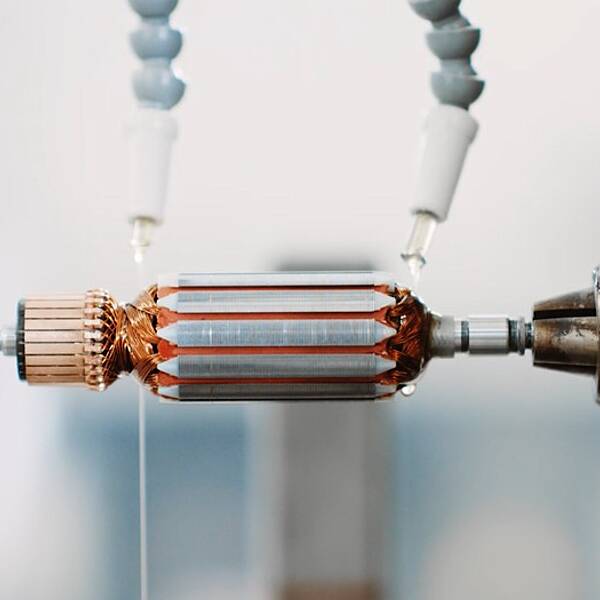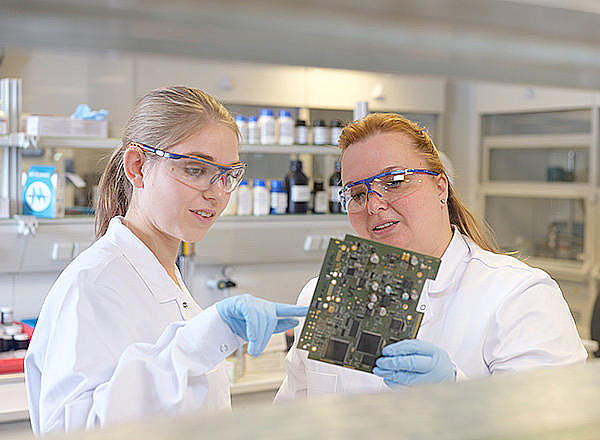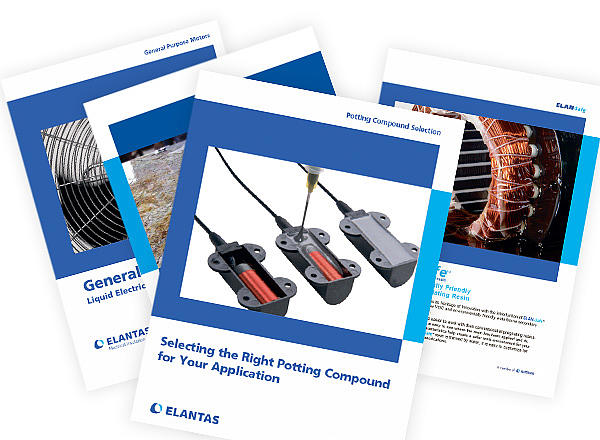Welcome to ELANTAS North America, Inc.
Every aspect of our ELANTAS North America, Inc.'s operations is structured towards one goal - to accommodate the special needs of the individual customers, large or small, with customized products for their unique applications. ELANTAS North America, Inc. is built on the continuous improvement concept. We will always provide the world's most reliable, innovative and cost-effective products to the electrical and electronics industry by striving to exceed the defined needs and expectations of our customers.

About Us
ELANTAS North America, Inc. is a premier global supplier of specialty resins for applications in the electrical and electronic industries.








